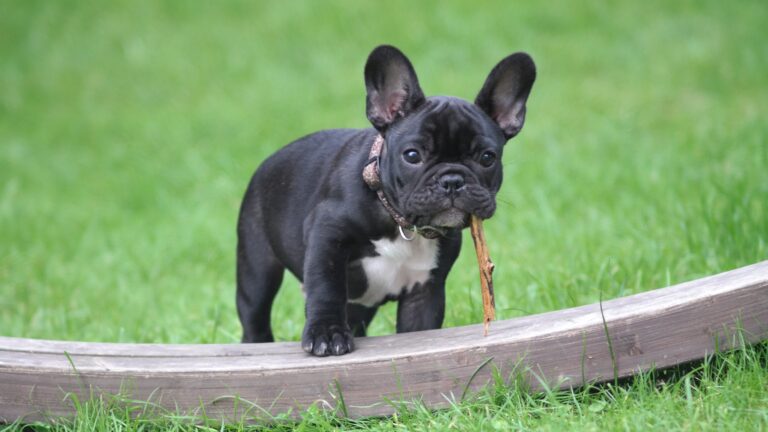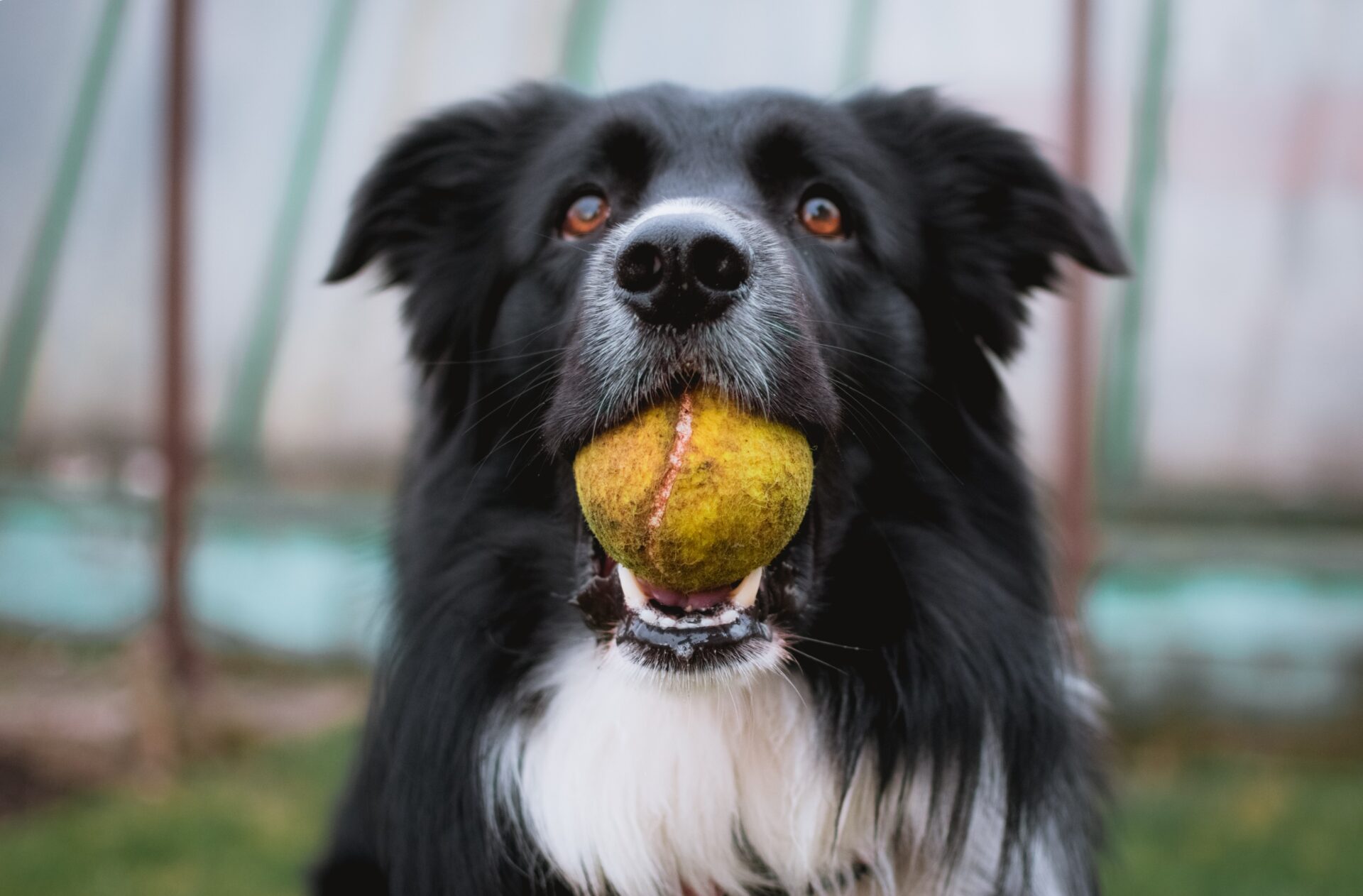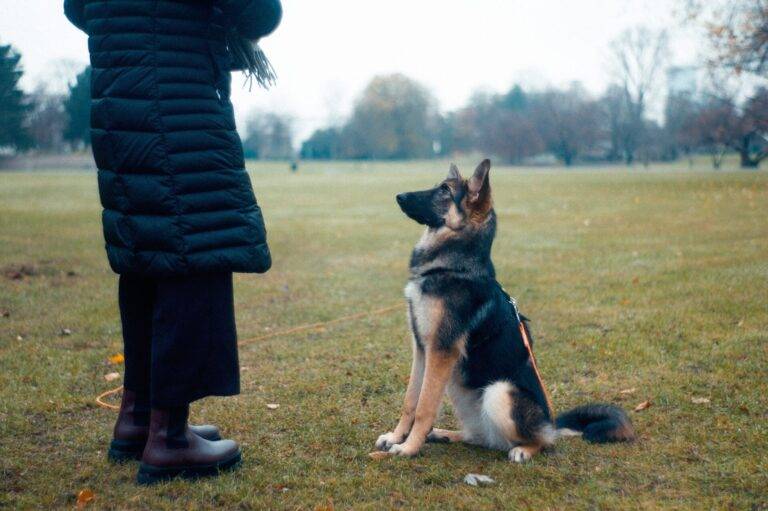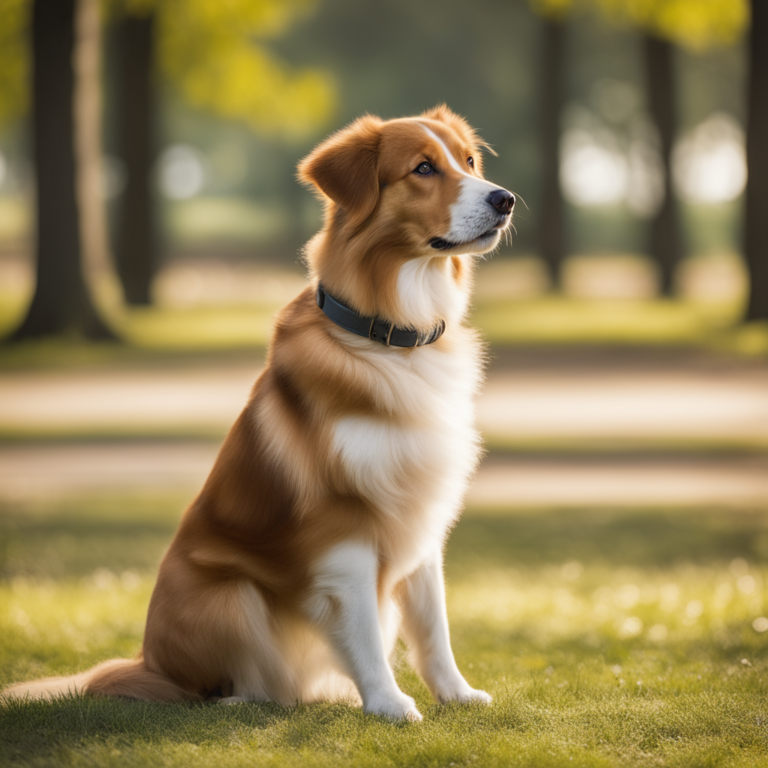4 to 8 Dog Agility Jumps Makes Ideal Training
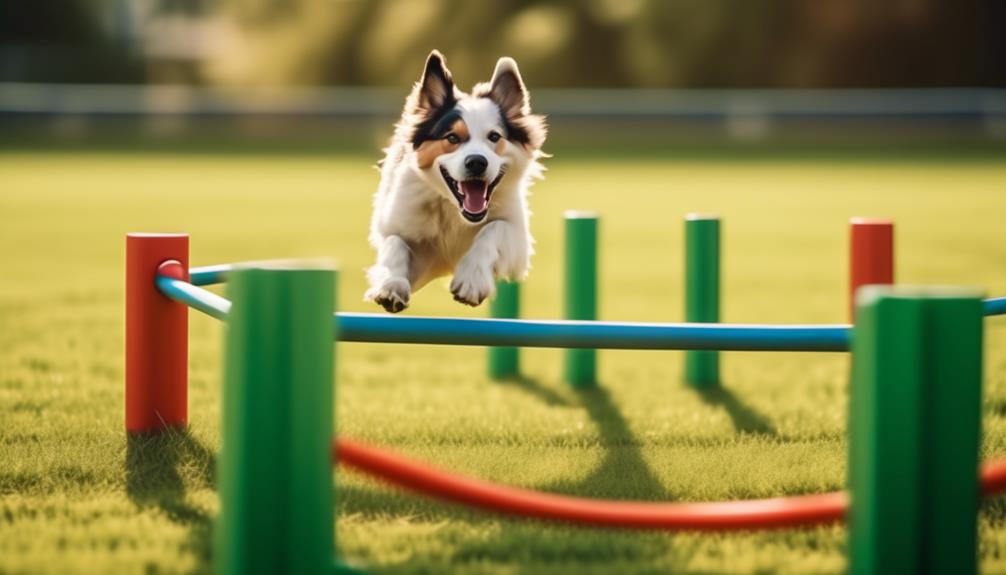
Dog Agility Jumps Makes Ideal Training: When it comes to dog agility training, having a few jumps at your disposal can greatly enhance your furry friend’s skills. You might say that four to eight agility jumps offer an “optimal” training experience. But why stop at just four? By having more jumps, you can expand the range of exercises, drills, and challenges that you can work on with your dog. In fact, the benefits of having multiple agility jumps are numerous and can significantly improve your training sessions. So, let’s explore the advantages and possibilities that come with incorporating four to eight dog agility jumps into your training routine.
Benefits of Using Dog Agility Jumps
By incorporating multiple jumps into your dog’s agility training, you can unlock a world of benefits that will enhance their performance and overall agility. Training your dog with agility jumps is not only fun, but it also provides them with the necessary skills to navigate courses effectively. Agility jumps are an essential piece of equipment that allows you to teach your dog the art of jumping, which is a fundamental skill in agility training.
With multiple jumps, you can create various courses that simulate real competition scenarios. This helps your dog become familiar with different types of jumps, such as the double jump and the triple jump. These jumps require your dog to jump over two or three obstacles in quick succession, testing their ability to adjust their stride length and height. By practicing these jumps, your dog will become more agile and quick on their feet, giving them a competitive edge.
Additionally, incorporating multiple jumps allows you to set up jump grids and jump chutes. These setups consist of a series of jumps placed in a straight line or at angles, challenging your dog to jump accurately and with precision. Jump grids are especially beneficial for teaching your dog to jump left and right, improving their maneuverability and versatility on the course.
Training with multiple jumps also provides a wider range of drills and exercises to keep your dog engaged and motivated. By practicing different techniques and exercises, your dog will develop a strong foundation in agility, preparing them for more complex competition scenarios.
How to Set Up Dog Agility Jumps
To set up dog agility jumps, you will need the necessary equipment and a designated space to create a challenging and engaging training environment for your furry friend. The key equipment you will need includes dog agility jumps, jump bars, and jump grip. When it comes to setting up the jumps, it is recommended to have at least four jumps to start with. This will allow you to practice short jump chutes and jump grids. However, for a more comprehensive training experience, it is ideal to have two sets of eight jumps. Having eight jumps in total multiplies the drills that can be practiced and allows for the setup of jump grids with varied spacing.
When setting up the jumps, make sure to space them evenly apart, giving your dog enough room to safely navigate through. The recommended size for the jumps is typically around 3 feet in height, but this can be adjusted based on your dog’s jumping ability. It is important to secure the jump bars properly, ensuring they are stable and won’t fall off during training sessions. Additionally, using a jump grip can provide extra traction for your dog’s paws, preventing slips and ensuring a confident jump.
Having two sets of eight jumps not only allows for continuous jump grid practice, but it also enables comprehensive training of various jump configurations. This variety is crucial in preparing your dog for competition scenarios. By practicing with multiple jumps, you can improve your dog’s agility, speed, and accuracy, increasing the chances of qualifying in competitions.
Training Exercises With Dog Agility Jumps
For a challenging and effective training session with your furry friend, incorporate a variety of training exercises using dog agility jumps. Jumps are a crucial component of agility training for dogs, as they help improve their jumping skills, coordination, and overall agility. By practicing different exercises with dog agility jumps you can teach your dog new skills and enhance their performance in agility competitions.
One exercise you can practice is the “double jump.” Set up two jumps in a row, with a small gap between them. Start by having your dog jump over the first jump and then immediately clear the second one. This exercise helps your dog develop speed and accuracy while jumping.
Another exercise is the “tire jump.” Set up a tire jump and teach your dog to jump through the center of it. This exercise requires your dog to jump higher and also helps them focus on the task at hand.
To improve your dog’s jumping technique, practice the “cross jump” exercise. Set up two jumps in a cross shape, with one jump perpendicular to the other. Guide your dog to jump over the first jump, then turn and jump over the second one. This exercise helps your dog learn to adjust their stride and improve their jumping form.
It’s important to vary the height and width of the jumps to challenge your dog and keep their training sessions interesting. Start with lower jumps and gradually increase the difficulty as your dog’s skills improve. Remember to always reward your dog with treats and praise for their efforts and progress.
Incorporating a variety of training exercises with dog agility jumps will not only help your dog build their jumping skills but also enhance their overall agility and performance. So, get ready to have fun with your furry friend while practicing these exercises, and watch them soar over those jumps with confidence and skill.
Safety Tips for Using Dog Agility Jumps
When using dog agility jumps, it is crucial to prioritize safety to ensure a successful training session for both you and your furry friend. Here are some important safety tips to keep in mind when using jumps for agility training.
First and foremost, make sure that the jumps are properly anchored. This will prevent them from moving during training sessions, reducing the risk of accidents or injuries. You can use sandbags or stakes to secure the jumps in place, ensuring stability and safety.
It is also essential to use high-quality, durable jumps. Cheap or poorly made jumps can break easily, posing a danger to your dog. Invest in jumps that are specifically designed for agility training and made from sturdy materials that can withstand your dog’s jumps and movements.
Before starting any training session, take a moment to check the surface around the jumps for any potential hazards or obstructions. Remove any sharp objects, rocks, or debris that could cause injuries to your dog. Creating a safe training environment is vital for your dog’s well-being.
Additionally, always remember to warm up and cool down your dog properly before and after each agility training session. This helps to prevent strains or injuries to their muscles and joints. Incorporate some gentle stretching exercises and short walks to prepare your dog’s body for the jumps and to help them recover afterward.
Lastly, pay close attention to your dog’s behavior and body language during training. Watch for any signs of discomfort or stress, such as limping, reluctance to jump, or excessive panting. If you notice any of these signs, stop the training session and consult with your veterinarian.
Dog Agility Jumps Makes Ideal Training Frequently Asked Questions
How Many Jumps Are on an Agility Course?
On an agility course, the number of jumps can vary. Different types of jumps are used to train dogs in agility. Proper training is crucial to avoid common mistakes. You can build your own jumps at home to benefit your dog’s fitness and coordination.
What Height Should My Dog Jump for Agility?
To ensure the best training for your dog’s agility, start with jumps set at a lower height and gradually increase as they progress. Avoid common training mistakes and always warm up properly. Consult a professional for tailored guidance.
What Are the Standards for Agility Jumps?
The standards for agility jumps include varying jump heights based on the dog’s size, different jump types for training progressions, and safety measures to prevent injuries. These standards ensure fair competition and effective training techniques using specialized agility equipment and jump designs.
How Often Should You Train Dog Agility?
To maximize progress in dog agility, train consistently 3-4 times a week, adjusting based on your dog’s age and fitness level. Incorporate rest days, set realistic goals, and balance agility training with other exercises for a well-rounded pup.
Conclusion
In conclusion, having multiple dog agility jumps, whether it’s four or eight, is crucial for effective training. By using these jumps, you can practice a wide range of skills and exercises that will improve your dog’s agility and overall performance. Setting up the jumps is easy, and numerous training exercises can be done with them. Just remember to prioritize safety and follow the recommended guidelines. So, get out there and start training with your furry friend!




